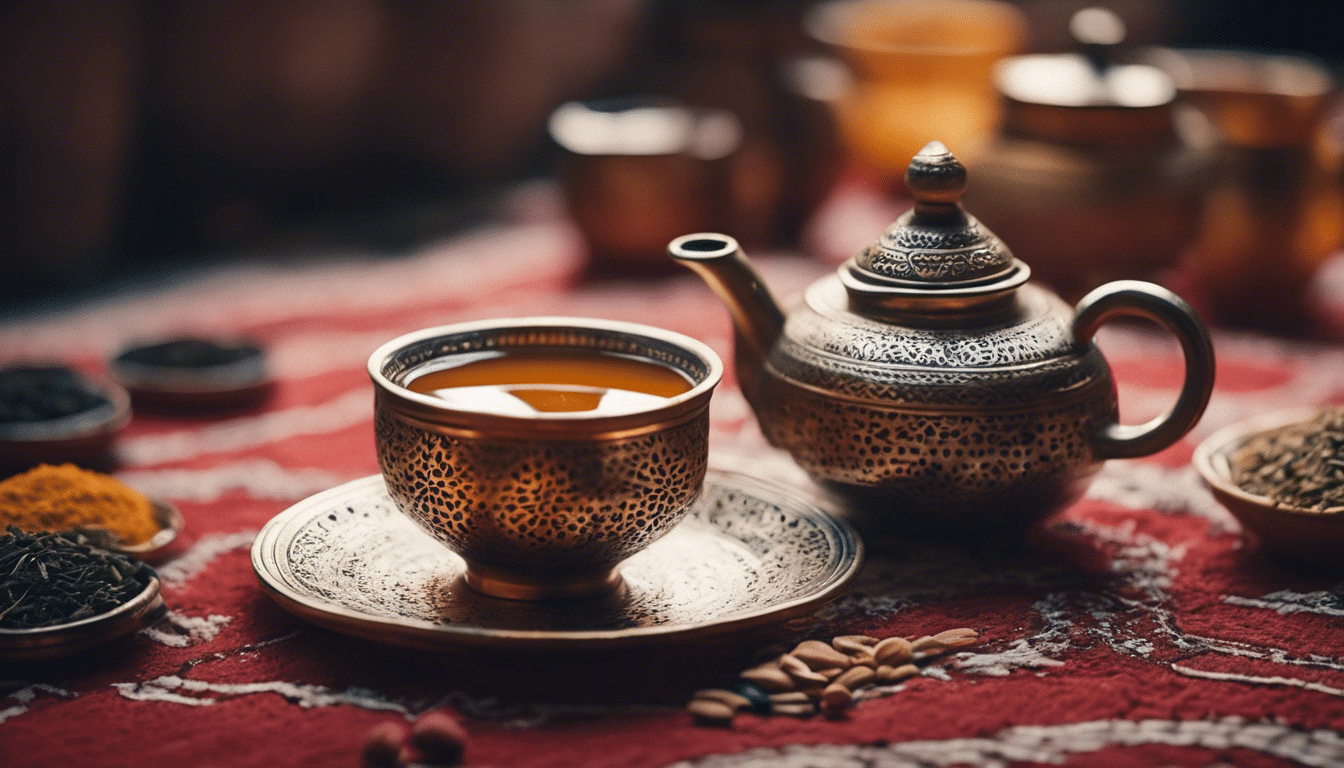speckledtroutrodeo.com – Tea, a beverage steeped in history and culture, has captured the hearts and palates of people worldwide. From ancient Chinese ceremonies to modern-day tea parties, this versatile drink has evolved into a beloved beverage enjoyed in countless forms.
The Origins of Tea
The origin of tea can be traced back to ancient China, where it was first consumed as a medicinal herb. Legend has it that tea was discovered by the Chinese Emperor Shennong, who accidentally ingested tea leaves while boiling water. He found the drink refreshing and invigorating, and it soon became a popular beverage among the Chinese elite.
The Tea Plant and Its Varieties
The tea plant, Camellia sinensis, is the source of all commercial teas. Different varieties of tea are produced by varying the processing methods, including oxidation and withering. The primary types of tea include:
- Black Tea: Fully oxidized, black tea is the most common type worldwide. It has a strong, robust flavor and is often enjoyed with milk and sugar.
- Green Tea: Minimally oxidized, green tea retains its natural green color and has a delicate, grassy flavor.
- Oolong Tea: Semi-oxidized, oolong tea offers a wide range of flavors, from light and floral to dark and robust.
- White Tea: Lightly oxidized, white tea is one of the most delicate and prized types of tea.
- Pu-erh Tea: Post-fermented tea, pu-erh tea is unique for its earthy, often slightly musty flavor.
The Art of Tea Brewing
Brewing the perfect cup of tea is an art form that requires attention to detail. The key factors influencing the quality of a cup of tea are:
- Water Quality: Fresh, filtered water is ideal for brewing tea.
- Water Temperature: The water temperature should be adjusted according to the type of tea.
- Steeping Time: The steeping time varies depending on the type of tea and desired strength.
- Tea-to-Water Ratio: The ideal ratio of tea leaves to water can vary.
Tea Culture Around the World
Tea culture has spread across the globe, each region developing its own unique traditions and customs.
- British Tea Culture: The British are renowned for their love of afternoon tea, a social occasion involving the consumption of tea, sandwiches, and pastries.
- Chinese Tea Culture: Chinese tea culture is deeply rooted in tradition and ceremony. Tea is often served in small, ornate teapots and enjoyed with specific teaware.
- Japanese Tea Ceremony: The Japanese tea ceremony, or chado, is a formal ritual that emphasizes simplicity, harmony, and respect.
- Indian Tea Culture: India is one of the world’s largest tea producers and consumers. Chai, a spiced milk tea, is a popular beverage in India.
Health Benefits of Tea
In addition to its cultural significance, tea offers numerous health benefits. Studies have shown that regular tea consumption can:
- Improve heart health: Reduce the risk of heart disease and stroke.
- Boost brain function: Enhance cognitive function and memory.
- Strengthen the immune system: Protect against infections and diseases.
- Promote weight loss: Aid in weight management and fat loss.
- Reduce the risk of certain cancers: Lower the risk of various types of cancer.
